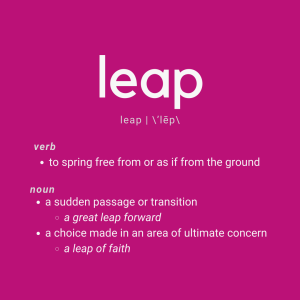Using the data of emotion.

No one wants to deal with the guy who is prone to losing his temper and pounding his fists in meetings. We often avoid the gal who berates coworkers and subtly shames them in front of others. Our eyes quickly look at the floor if a colleague gets teary when discussing something upsetting. These expressions of emotion are often surprising and unexpected – two things that humans don’t generally like from one another – especially at work.
Because we’d rather avoid the awkwardness of witnessing sudden emotional displays, we tend to dismiss emotions in any form as disruptive. Sometimes they are disruptive, but it’s the expression of emotion in unconstructive ways that is the issue, not the emotions themselves.

For example, if the aforementioned angry guy who displayed anger in meetings could say he was upset in a non-volatile way, the anger itself would be a clear data point: this guy is angry because of x.
Likewise, if the shame-focused gal could express her fear of personal embarrassment in a non-aggressive way, we’d understand: this gal is insecure about y.
Tears can make people uncomfortable. But if instead of avoiding them, we noticed them and said, “hmm, there’s obviously something happening with this person; if I respect and have empathy for him for a moment, I bet I’ll find out what’s going on.” His tears are about z.
In order to have any of these examples happen, there has to be psychological safety among coworkers. Each individual in a group needs a level of emotional maturity as well. Both of these things take work. The effort is worth it to create a positive workplace where people get to be human and still do their jobs.
Begin by noticing the emotions around you – including yours. When you see someone react to something (positive reactions, too), see if you can look through the reaction to identify the emotion.

When we are curious we can start to see the emotions around us as data that informs us about situations, events, people and systems. Data is data whether it is a column of numbers or a personal reaction to a project that is about to launch. When we can see emotions as data (10 of 14 people in our group are really anxious about this project), then we can use it to inform our perceptions and decisions (we need to talk about project issues as a group and come-up with a clear way for the team to move forward with confidence toward a successful launch). If we plan on using emotions as data, then when we are not uncomfortably surprised when they are expressed at work.
Having emotions can feel goofy. Human behavior about emotions can be goofier. But if we try to understand emotions with respectful curiosity rather than dismissing them outright, they can also be pretty informative.





